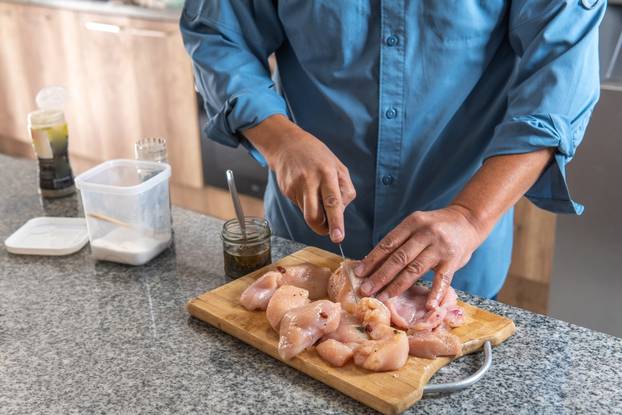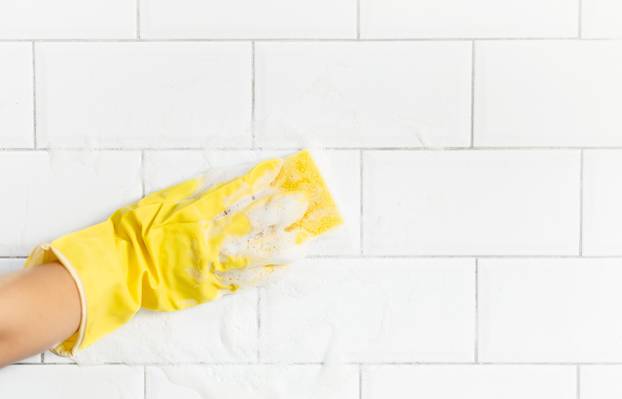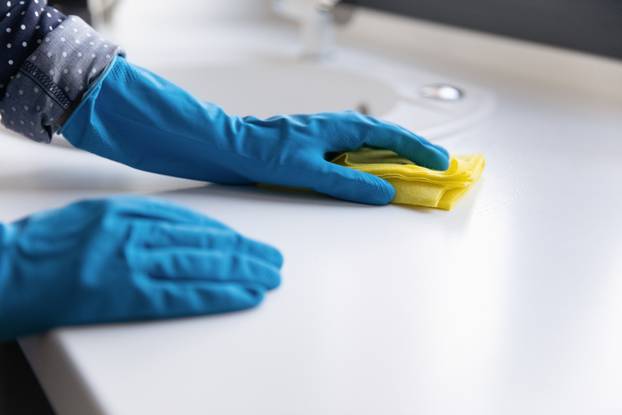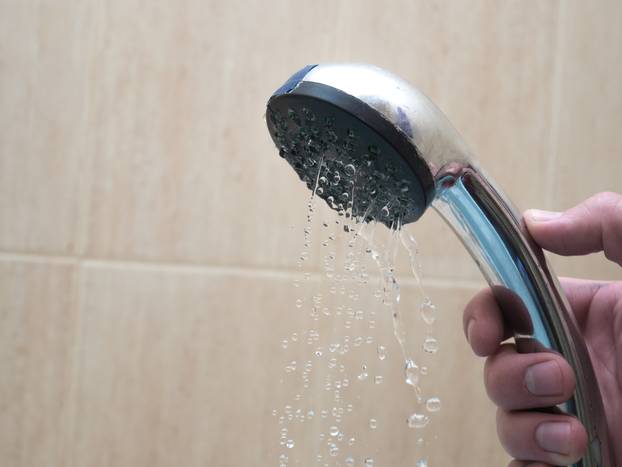It’s not all for ‘lemon, vinegar and soda’. In these five places in the house natural means do not have a chance

After the appearance of warmer days began and thorough cleaning of the homein this process people often resort to by natural means lemon based, vinegar or baking soda. However, research has shown how certain bacteria survive In our kitchens and bathrooms despite the application of these preparations.
For example, food -transmitted bacteria, such as Escherichia coli and Salmonella, can be less suppressed by vinegar or lemon, but they are not reliable for deep cleaning or complete disinfection. Find out which other bacteria successfully resist the action of natural means and what you can treat effectively.
Favorite places of bacteria
Bacteria can appear in any room in the home, but the kitchen and bathroom are their main source. Specifically, a large number of bacteria resides in raw or not enough cooked foodpoultry and unwashed products as well as on wet and dark areas.
Still, it is important to point out that contamination I can transfer to any other room. Just enough to cut the meat with the hands that you cut the meat, or touch another item that was in contact with the bacteria, after touching a handle or switch in the bedroom and living room.
That’s why it is effective disinfection of the utmost importance to preserve Home hygieneand you need to pay special attention to the next surfaces.
1. Cutting boards and worktops
Wooden accessories Particularly absorbing moisture and bacteria, so the kitchen boards and wooden worktops are required deep cleaning. It is advisable to change the cutting board when you notice crack Because cracks, grooves and pores are ideal places for bacterial propagation.
2. Sponges and rags
Research have been repeatedly shown how it is sponge To wash the dishes most popular a place to grow and propagation bacterium. So change them regularly. Kitchen cloths can also easily « pick up » bacteria, so they need to be washed more often on high temperatures.
3. Kitchen accessories and dishes
Knives to which you cut the meat Wash thoroughly In order not to contaminate when cutting other foods, such as bread. Insufficiently washed dishes in which you later put in other foods can also be a way of transferring bacteria.
4. The showers and sinks
Pay attention to bathroom because there are bacteria that love water and succeed in wet environments like kitchen sinks, showers, drains and even the humidifier of the air. In several American studies, it was revealed that The head of the shower a place where a huge number of bacteria is inhabited.
5. The handles and switches
The household can transfer bacteria by irregular handwashing, but also by touching petswhich can wear bacteria like Salmonella and E. coli in their fur, saliva or feces. Later contact with doors and switches favor their spread to other rooms.
Two key ingredients in cleaning
When the bacteria will be domesticated in the places mentioned, lemon and vinegar will not even pardon them. But sodium hypochlorite (bleach) and hydrogen peroxide (Hydrogen Peroxide), that is cleaning agents which contain these ingredients will successfully do the job.
So when choosing funds that prevent bacteria propagation In your home, choose those agents that contain a bleach or hydrogen peroxide among the ingredients. For example, u Eurospina You can find a line of home cleansers Dexalcontaining some of these ingredients, including Dexal Zgrassatore, Dexal Spray Mousse and others.
This is important, not only because of the cleanliness of the home but also Health of the household because some bacteria may pose a risk to human health and create many health problems.
‘Natural means’ bacteria
Natural agents such as lemon, vinegar, and in some cases baking soda, can harm bacteria, but often to the insufficient extent that they really remove them. For example, in the case of the following bacterium that appear in homes the only effective means of removing them are stronger disinfectants.
Pseudomonas aeruginosa
In wet areas creates protective biofilms And in doing so resistant bacteria which has a robust outer membrane, so natural cleaning agents are not effective enough. Research have shown how they are bleach and hydrogen peroxide effective In killing this bacteria, especially when used in the right concentrations.
Campylobacter Jejuni
Experts were in December 2024. warned that it was a the most widespread pathogen which is transmitted by food in Europe. It most often resides in the kitchen and is found in raw chicken and turkey meat. Natural means can slow down her growth. But I can’t guarantee destruction.
Escherichia coli
The bacterium it has additional external membrane. What makes her more more resistant to weak acids and alkalis. Studies have shown that disinfectants containing a bleach or hydrogen peroxide They act effectively to its destruction because it disrupts the cell membrane of bacteria, proteins and DNA.
Salmonella
Sodium hydrogen carbonate (baking soda) has mild antimicrobial properties, which cannot be harmed by bacteria and vinegar and lemon can do some harm, but they They don’t penetrate through membranes Just as effective as the bleach and hydrogen peroxide do.
Listeria monocytogenes
The body most often reaches through contaminated delicatessen meat, raw foods. of unwashed vegetables or soft cheeses. Well cutting board You can be an ideal place for its reproduction. The bleach destroys this bacterium with its oxidizing properties the same way as in the case of E. coli.










